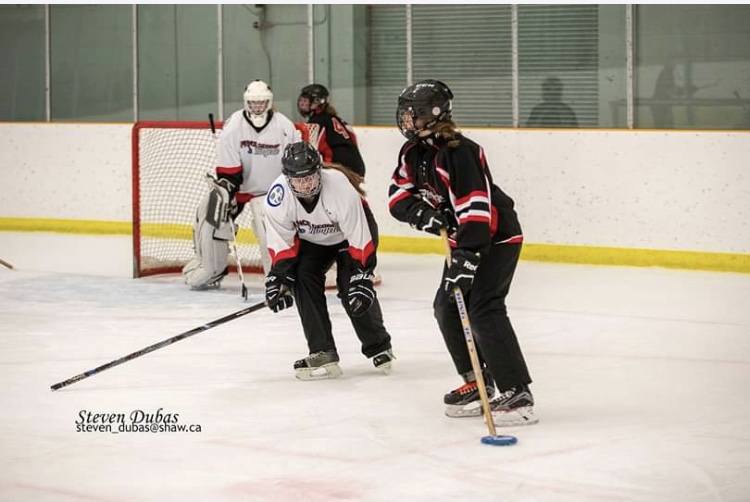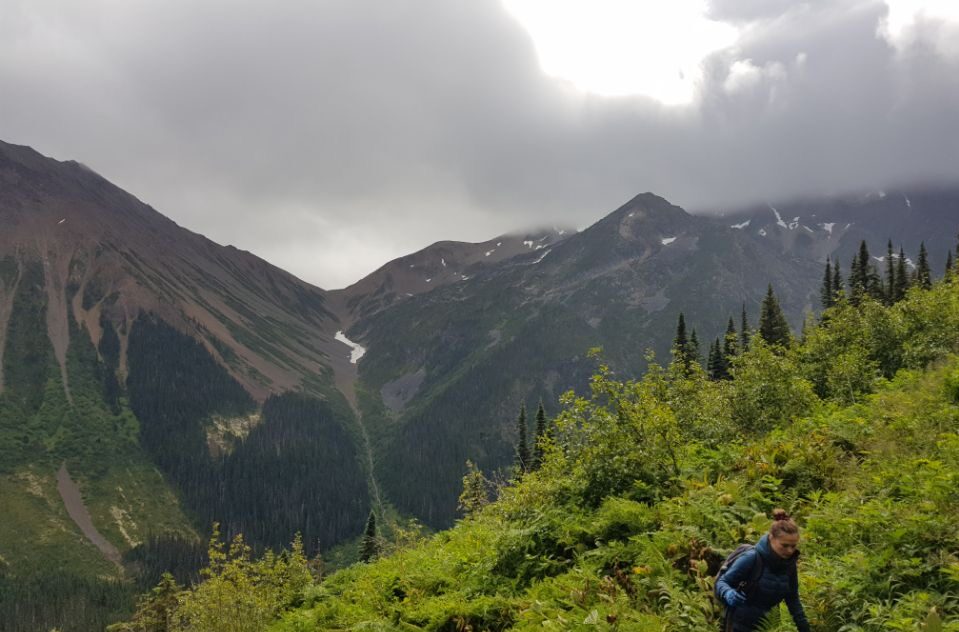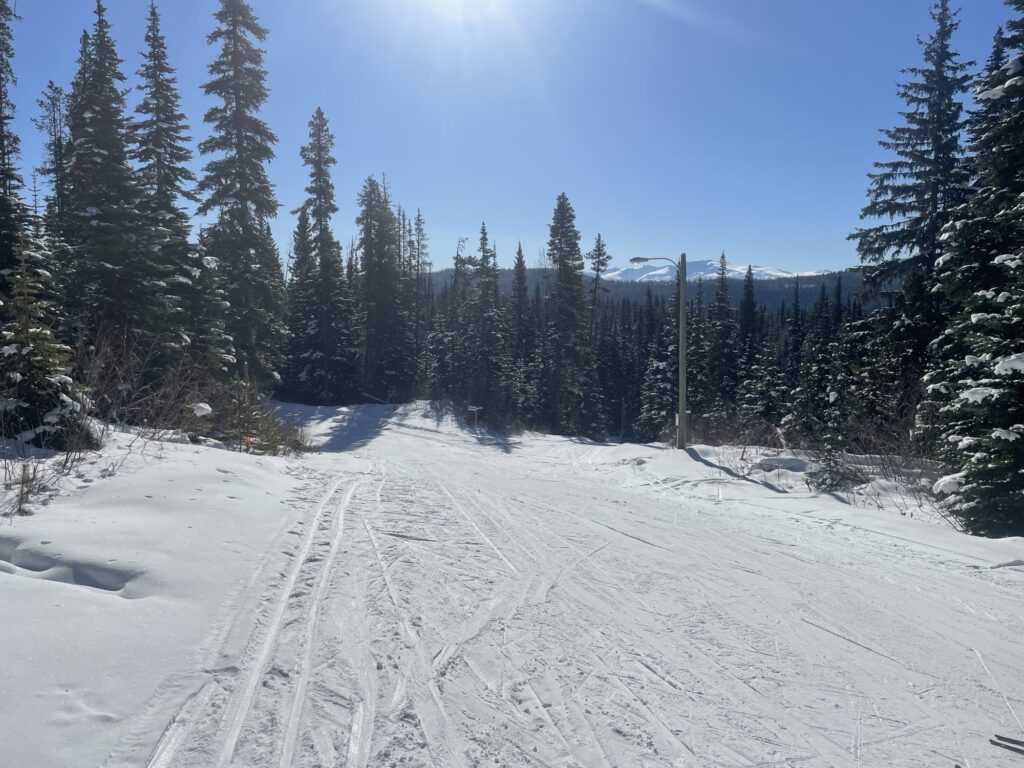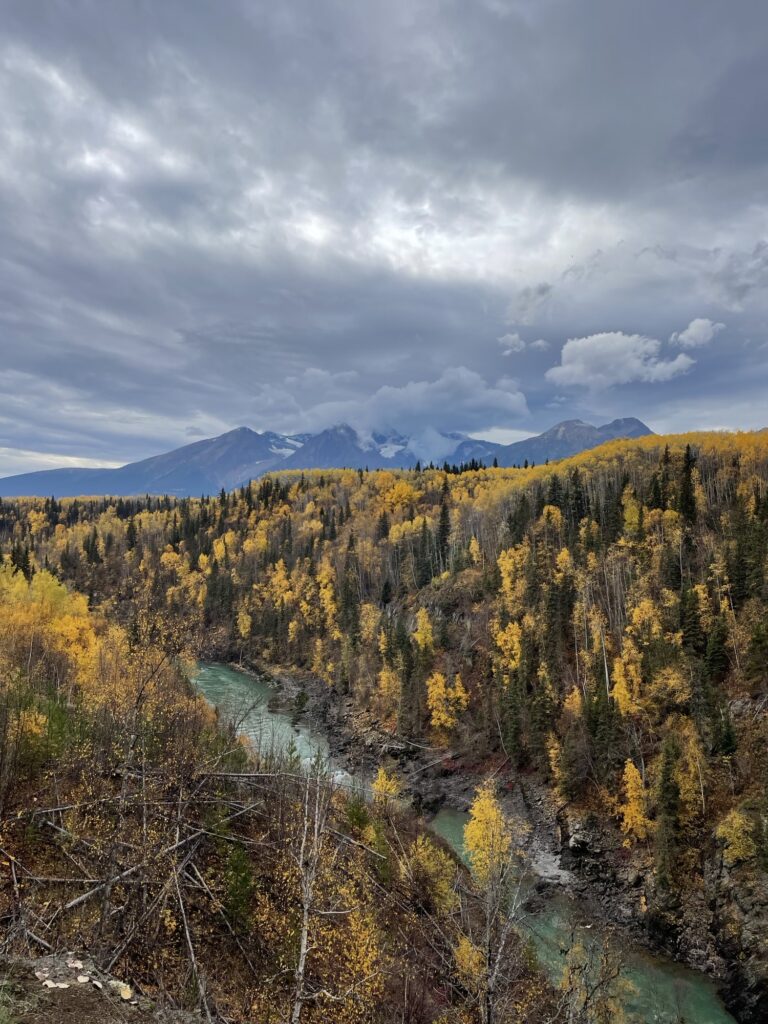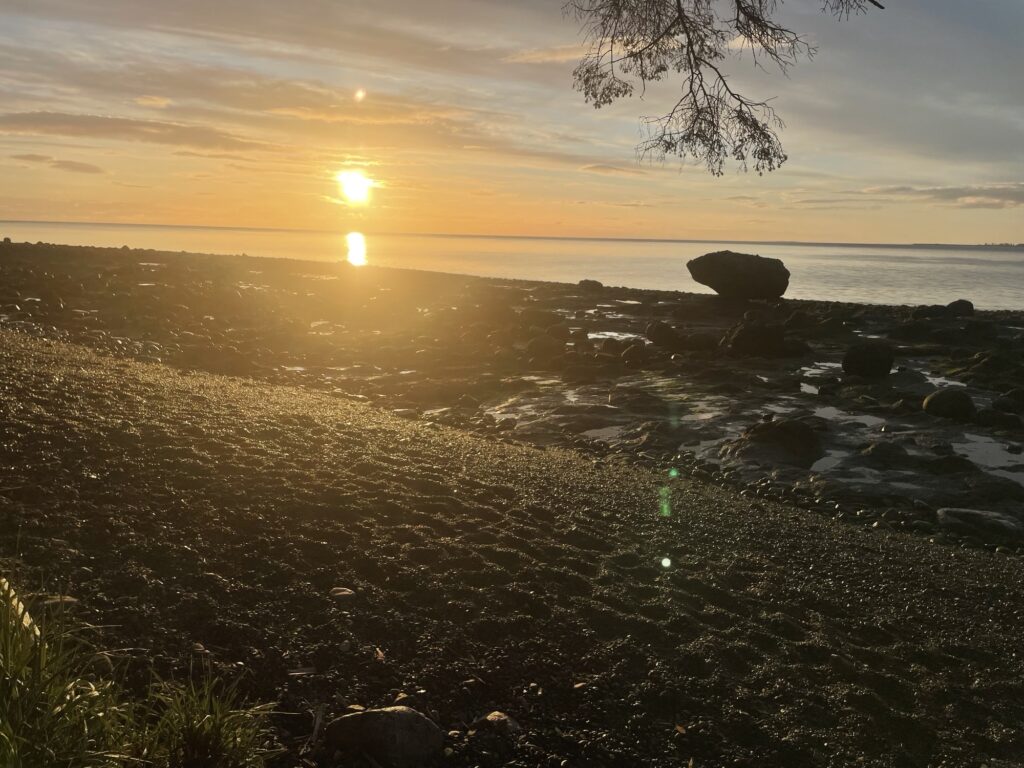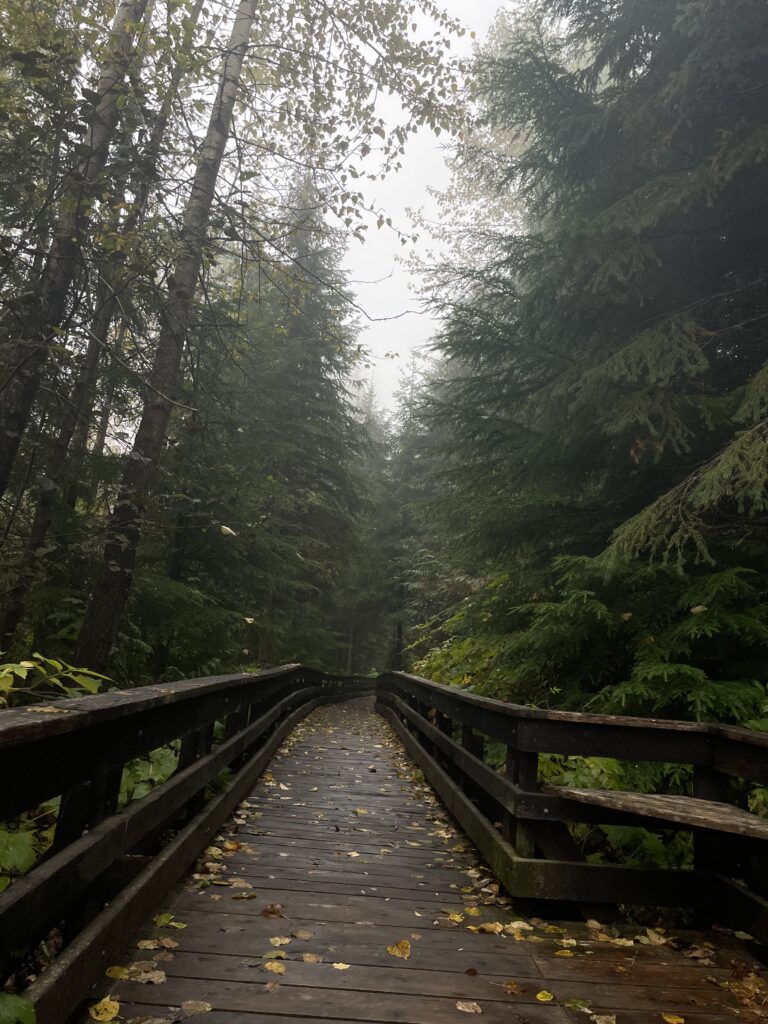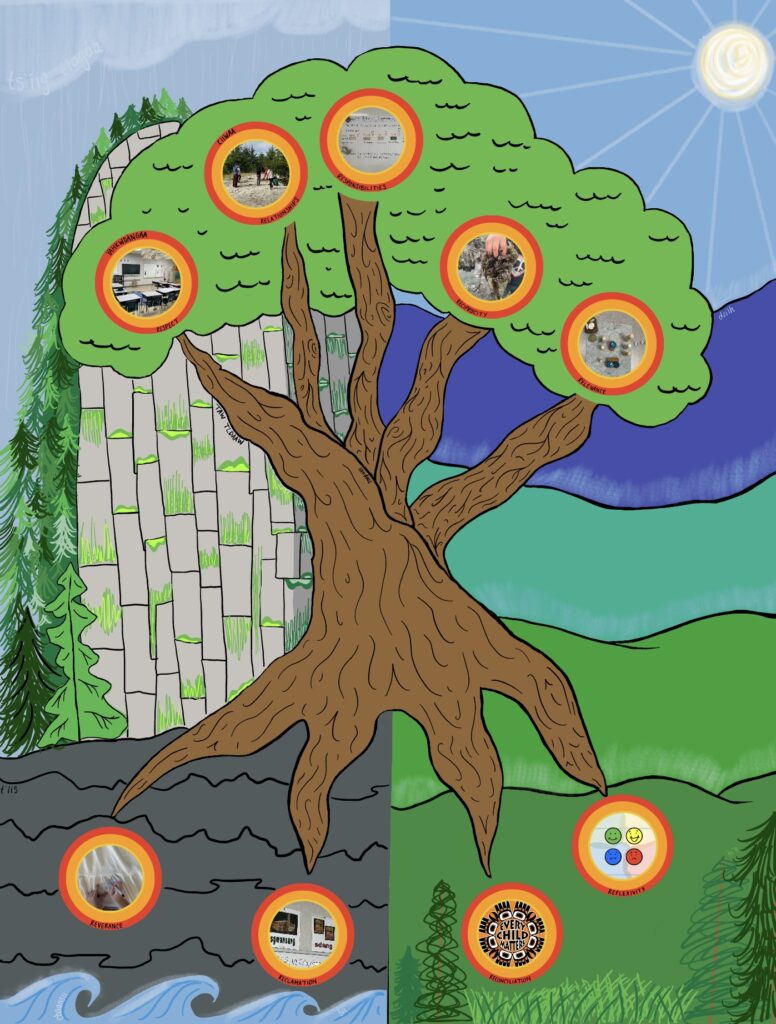Local & Cultural Connections
Haida Heritage Centre at Kay Llngaay May 11th
I had the tremendous opportunity to complete my formative practicum in Old Masset on Haida Gwaii. I have been here once before as a grade 12 student on an outdoor education trip and fell in love with the island. The trip left a profound impact on my classmates and I; we still talk about it to this day whenever we get the chance to reconnect.
After that trip I wondered if Haida Gwaii would be a place that I would want to live and work. I figured that a month long practicum would give me a chance to find that out for myself and Haida Gwaii is a pretty amazing place to come in May and June.
Having been here before, there were various places around the island that I wanted to revisit, one of those locations being the Kaay Centre. The Kaay/ Haida Heritage Centre is a wonderful place to learn about the Haida Gwaii, the culture, art, history, and the resilience of the Haida People.
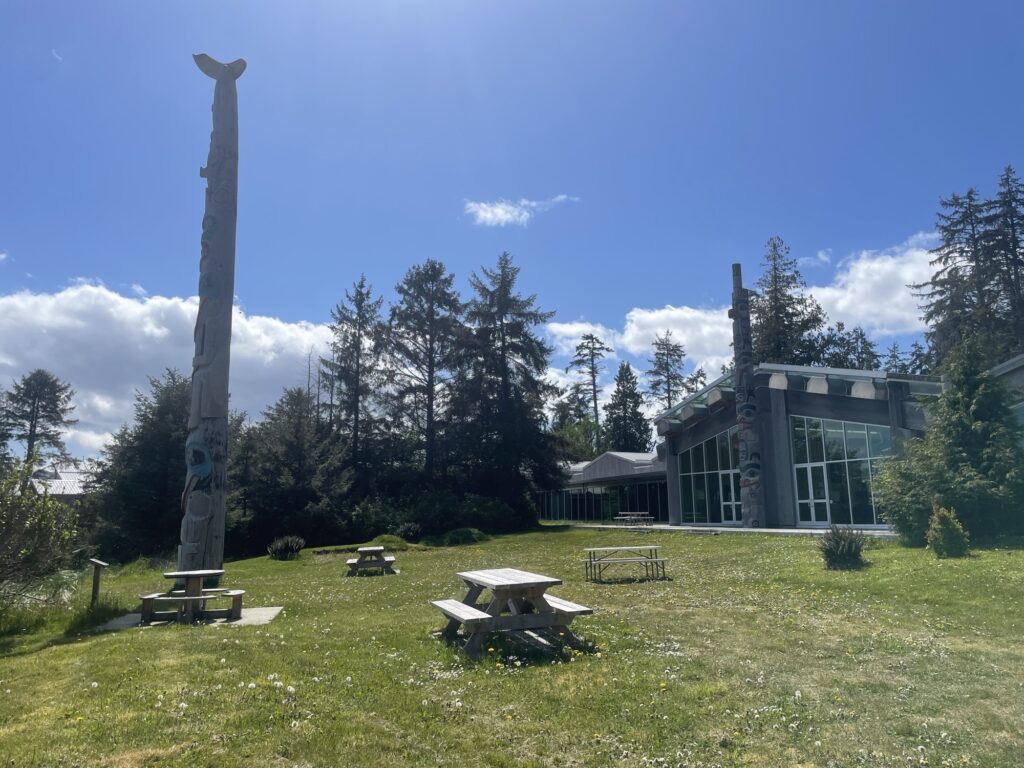
My original plan was to visit the Kaay Centre on my way home from the island as it is located in Skidegate which is an hour and a half drive from Masset, but I figured this would be a good first place to visit to get a sense of the place and the history that I would be teaching.
I’m the type of person who likes to look at and read EVERYTHING when I go to museums so it was certainly a day well spent. It gave me a sense of the local culture and great context to keep in mind as I went throughout my practicum. It was fascinating to see the carvings and the stories associated with each work of art. Everything was done so intentionally and with so much care making something beautiful.
As I was walking through the centre, I could hear a video playing in the background. I initially thought it was just background music, but as I walked through the displays there was a short film being played about the first totem pole being raised in Masset since the bans and cultural genocide that was inflicted upon Indigenous Peoples across Canada.
It was a very impactful film to watch and was a great way to start my practicum here. It was a good reminder for me as a future educator how essential local cultural connections are and how to engage in those connections as a visitor on these lands and as a student teacher.
Every morning in the class I was placed in, we would do a check-in to see what zone of regulation everyone was in, and we would have a question of the day to answer. During my first check-in with the group students shared with me what their Haida names were and fun things they recommended doing while I was here. Lots of them suggested the Kay Centre and were excited to hear about what I thought of it which was very cool. For anyone who is visiting Haida Gwaii I would highly recommend visiting the Kaay Centre first. It is so important to develop an awareness of the land we are on and the Nation that inhibits and protects it.
Below is a button that will bring you to the Haida Heritage Centre webpage. Haaw’aa for reading.
Seaweed Picking – May 13th & May 15th
This time of year is the season for picking and gathering. The students got to learn about different types of seaweed and their uses. To start off the school day, we would always take a walk down to the beach. We had a beautiful view of the inlet and students loved to go down there an look for crabs and explore the different life that lived there.
On Monday May 13th the other Grade 4/5 class at the school had plans to meet up with an Elder on the beach who was collecting seaweed. Our class happened to be there at the same time, so we were able to join in. She has such a wealth of knowledge and there was so much to learn about. I had no idea how much there was to know about seaweed and how each different type serves an important purpose.
Something that really stood out to me was when she was talking about uses of the seaweed she no longer feels safe doing due to the immense amount of pollution in the water. This was very impactful to hear how the way we treat our planet heavily influences traditional ways of life.
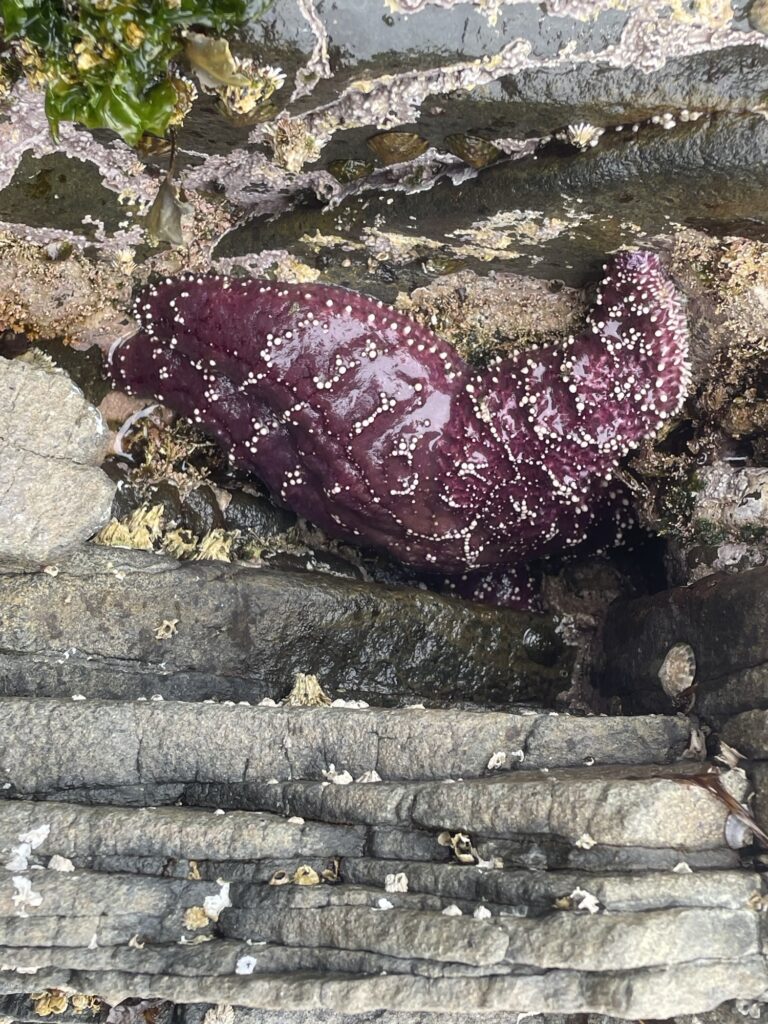
On Wednesday, May 15th we went seaweed picking across the inlet. We all hopped in boats and went across the inlet. We waited for quite a while for the tide to go down, but during that time students beachcombed and looked at starfish, sea anemones, clams, rocks, shells, the list goes on. One of the things that have really resonated me during this practicum was the role of exploration and play in land-based learning. That is something that my coaching teacher incorporates in her practice and something that I want to take with me into mine. It was awesome to see the students excited about finding new things, asking questions, and their general curiosity.
Once the tide went down we prepared to walk out onto the rocks. The guy who brought us out gave the students a quick talk about safety when picking and the importance of saying Haaw’aa (thank you) to the land for allowing us the gather food. We proceeded to walk out on the rocks.
Many of the students go out to pick seaweed every year and know what to look for. This was a good opportunity for me to engage in reciprocal learning. I don’t know anything about seaweed picking so it was a great learning opportunity for me and a great way to engage with the students. The students explained to me that if the seaweed is “money green” it is too light and shouldn’t be picked. The seaweed that was ready to be picked reminded me of an army green colour. The kids picked for a while and explored the tide pools in the rocks which were packed with different colours of starfish (or Patrick Stars as the students were calling them) until it was time to head back to the boats.

Every class in the school had an opportunity to go seaweed picking. The seaweed was gathered and dried on tables outside of the school. Bags of the seaweed were kept by the school to give out to students during snack or given to families who wanted them. To dry the seaweed, we would pick out the sand or bugs that were nestled in the seaweed and fluff them into squares. This was such a neat process to get to learn about and I am so grateful I had the opportunity to be here for this. Haaw’aa for reading.
May 24th – Language
Incorporating Indigenous Language is such an important element and a Call to Action that everyone should take into consideration. There are two main dialects on Haida Gwaii: Xaayda Kil which is spoken in more southern locations of the island such as Skidegate, and Xaad Kil which is spoken in northern locations of the island such as Masset. The students have a Xaad Kil class interwoven into their schedules and phrases are used everyday in the classroom. As the Haida Nation is a matrilineal society, those whose mothers are Haida are given a Haida name. Haida names are used daily at Chief Matthews school. I saw a great resources that was shared by another teacher I met at the school that helps people learn Xaad Kil. I have attached it here for those who are interested. This has got me thinking about what other resources there are in terms of learning Indigenous languages that I could explore and implement in my future classroom. Haaw’aa for reading.
UPDATE: I found a language resources provided by the Wet’suwet’en Nations website. I grew up on the traditional territory of the Wet’suwet’en Nation and have had the pleasure of completing a practicum there. First Voices is a resource that offers an opportunity to learn about a large variety of Indigenous language. Click on the button below to explore this resource.
May 28th – Visiting the Carving Shed
FPPL #9: Learning involves recognizing that some knowledge is sacred and only shared with permission and/or in certain situations.
Out of respect to the artists and their work I did not take any photos nor will be going into great detail on our visit to the carving shed. I will mention that the carving shed was a very incredible place to be and a great place of learning. There is something so fascinating and captivating about listening to oral histories and the intentionality behind the pieces of art. It has been such a privilege to get to witness various types of cultural connections around Masset and the influence this had on the learners.
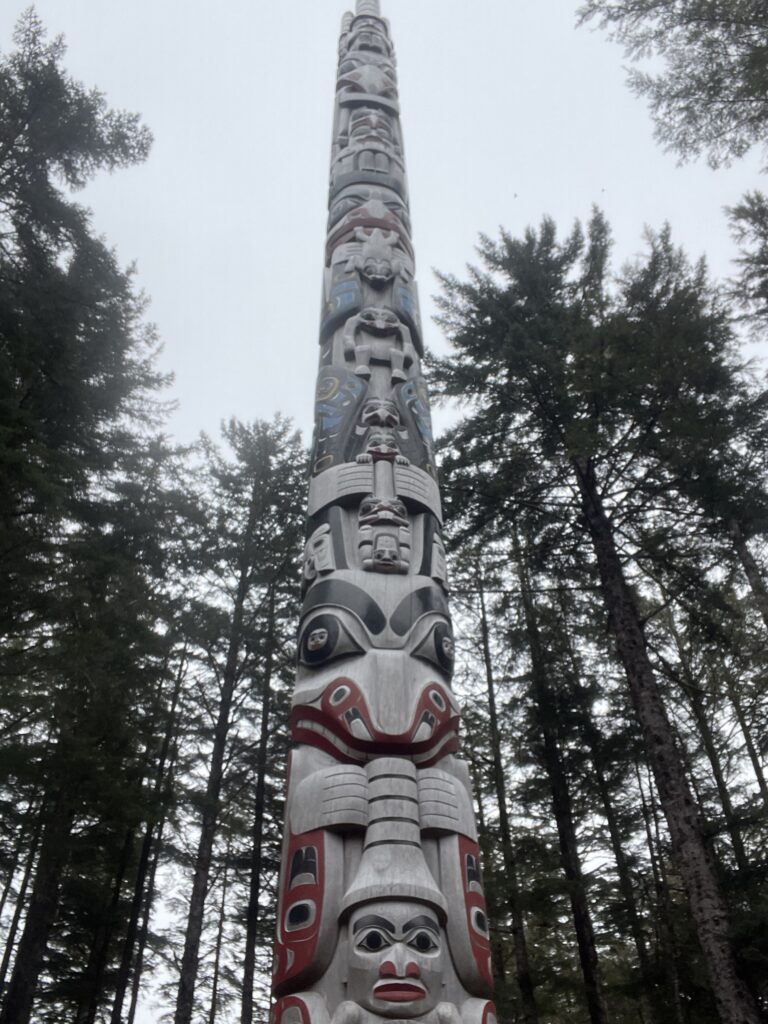
June 4th – Additional Content
Here is a movie trailer for the film Edge of the Knife my coaching teacher showed me today after school. This film depicts one of many Haida Supernatural Beings known as the Gaagiixid.
June 22nd – Athlii Gwaii and Haida Law
As discussed in an earlier blog post, I went to the Haida Heritage Centre at Kay Llngaay and bought a book called Athlii Gwaii – Upholding Haida Law at Lyell Island which is a compilation of various oral histories reflecting on a time where traditional ways were under extreme threat due to clear cut logging in the 1980s. This book was extremely informative and was of great use to me as I was teaching a unit on levels of government and the book talks about how the Council of the Haida Nation was formed. Attached below is a video that was referenced in the book that gives a brief overview of the events that occurred on Athlii Gwaii which is extremely relevant to events that are witnessing today and the threats to our natural environment. Haaw’aa for reading.
July 3rd, 2024 – A Visit to the Pit House
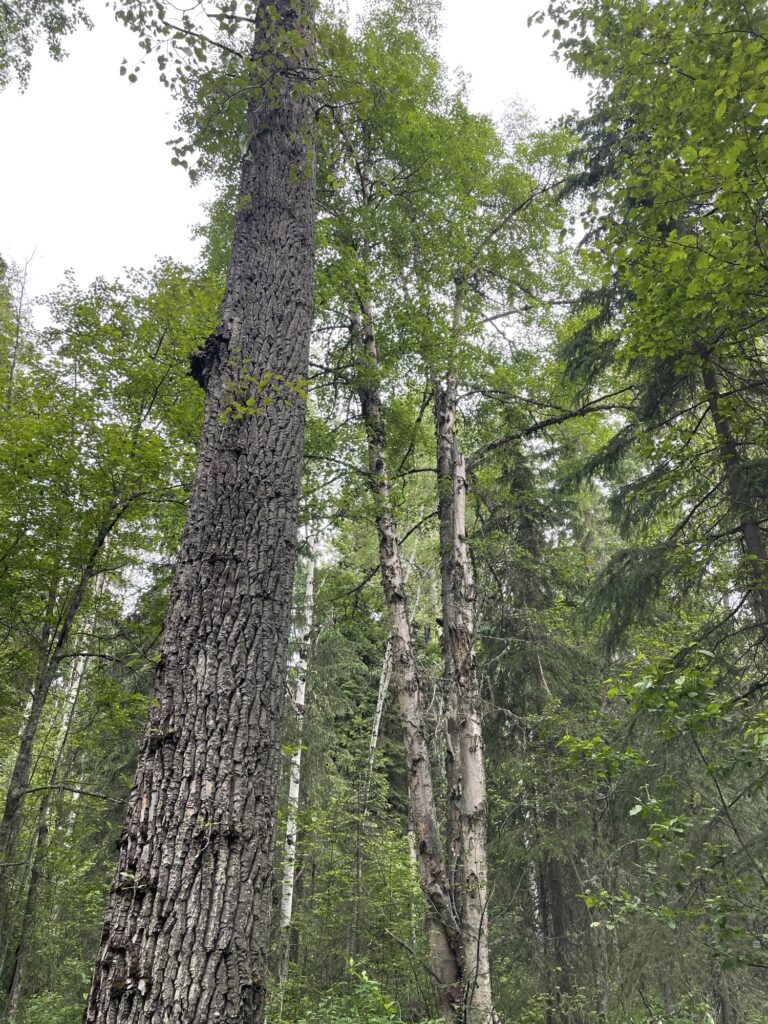
During the Second Language course we have been taking during this intersession, we have been focusing on the Dakelh language. We had the opportunity to walk to the Pit House with Edie Frederick which was incredible. I have had the pleasure of listening to Edie a few years ago and she is fascinating to listen to. It was a wonderful way to start the day getting to walk through the forest and take in what was around us. Along the way we would stop and Edie would share her knowledge about different plants along with their name in Dakelh. She would sometimes share a story during that time.
Once we got to the Pit House we formed a circle while we listened to Edie share some more stories with us. So much of what she said really resonated with me and I left the Pit House feeling very inspired and motivated to be a teacher. She touched on how schools are going to keep languages alive which was very powerful. It got me thinking of how many ways I can embed traditional language into my practice.
During our closing circle, Edie concluded by asking us “What is it that YOU want to learn?” I thought this question was really fascinating and it reminded me of the importance of student-led learning for myself and my future learners. Although I do not plan on teaching in the Prince George region, learning Dakelh is still something that I am very interested in and I look forward to learning more throughout this course. Dakelh shares some similarities with Wet’suwet’en dialects. Furthermore, for my language project for the course I would love to focus on Xaad Kil and share the language that I had the opportunity to learn during my last practicum in Masset. It got me thinking of the importance of advocating for learning and customizing learning to fit interests and needs.
The same is applicable to students. I want to be a teacher who focuses on what the students are interested in learning and I want them to be leaders in their own education. This very question is something that I find very valuable in learning and I plan on incorporating in my teaching practice.
Mussi Cho for reading and Snachailya to Edie Frederick for spending time with our co-hort.
